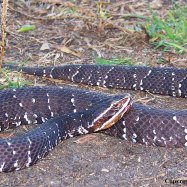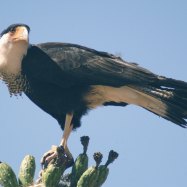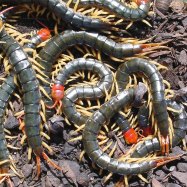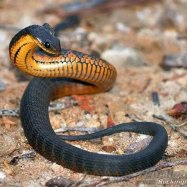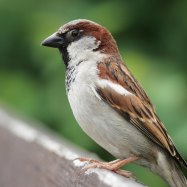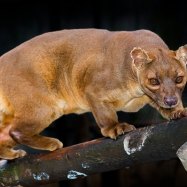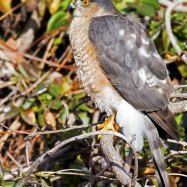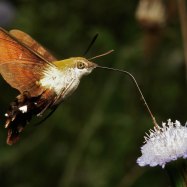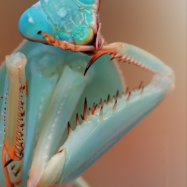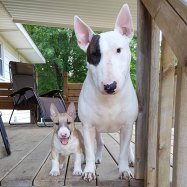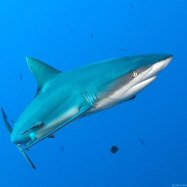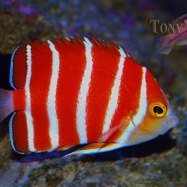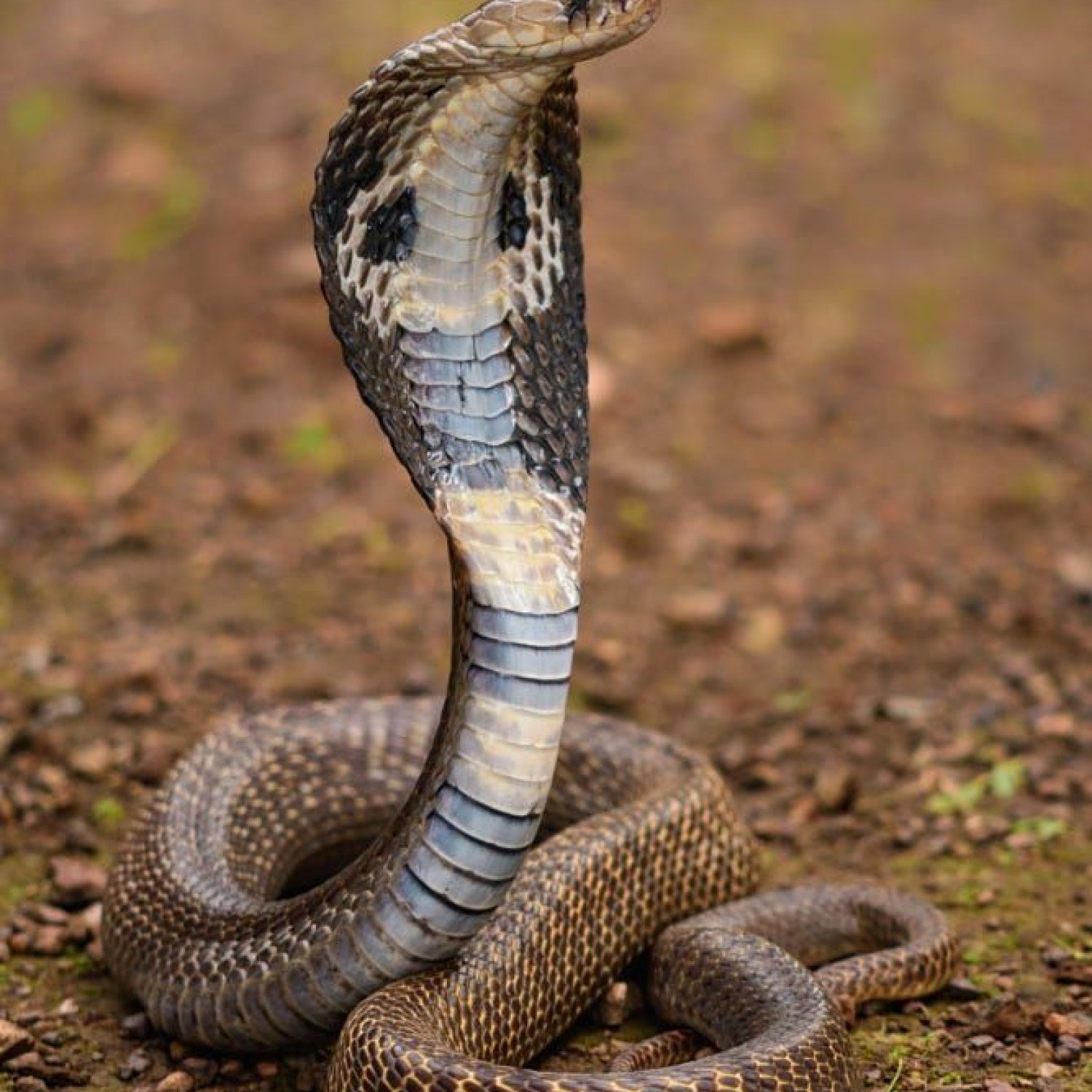
Cobras
Varies by species, ranging from 1 to 3 meters
Cobras, from the family Elapidae, are fascinating animals with a slender and elongated body shape and a distinct hooded neck. These venomous snakes can be found in various countries and their length varies between 1 to 3 meters depending on the species. Admire them from a safe distance and never forget the saying respect the snake, and it will respect you. #Cobras #Elapidae #VenomousSnakes #WildlifeAwareness
Animal Details Summary:
Common Name: Cobras
Kingdom: Animalia
Habitat: Grasslands, forests, and semi-desert areas
The Enigmatic and Deadly Cobras: Magnificent Reptiles of the World
With their long, slender bodies, hooded necks, and venomous fangs, cobras have been a source of fascination and fear for humans for centuries. These magnificent creatures have captured our imaginations with their mystique, their power, and their deadly capabilities. With a scientific name of Naja, these serpents are commonly known as cobras and belong to the kingdom Animalia, phylum Chordata, and class Reptilia. They are a part of the family Elapidae and the order Squamata, making them close relatives of other venomous snakes such as mambas and coral snakes Cobras.Cobras are found in various parts of the world, including Africa, Asia, and the Middle East. The largest and most well-known species is the Indian cobra, found in its namesake country as well as South Africa, Egypt, Thailand, and other regions. Cobras are predominantly found in grasslands, forests, and semi-desert areas, making these regions their natural habitats. However, they have also adapted to living near human settlements, and their presence near human dwellings has been documented in many cases.
Feared and respected for their venom and their reputation as ruthless killers, cobras have been the subject of numerous legends, myths, and tales across different cultures. From ancient Egyptian stories of the serpent deity Wadjet to Indian folklore of Nagas, these creatures have been revered and worshipped, as well as feared and demonized, depending on cultural beliefs and perceptions. In this article, we will delve into the world of cobras, exploring their characteristics, behavior, and significance in the natural world.
Anatomy and Physical Characteristics
One of the defining physical features of cobras is their elongated, slender bodies, which can range from 1 to 3 meters in length, depending on the species. They are also known for their iconic hooded neck, which they display when they feel threatened or are preparing to attack Cuban Cockroach. This hood is created by extending and spreading the ribs behind the cobra's head, giving it a distinct shape and silhouette.Cobras come in a variety of colors, including shades of brown, black, yellow, and red. This coloration serves as camouflage in their natural habitats, helping them blend into their surroundings and evade predators. For instance, the forest cobra, found in the African rainforests, has a dark brown coloration, while the king cobra, the world's largest venomous snake, has a black upper body and a pale yellow underbelly.
Behavior and Diet
Cobras are carnivorous predators, and their diet consists mostly of small animals such as rodents, birds, and other snakes. They use their venom to immobilize their prey and grab it with their sharp teeth, subsequently swallowing it whole. Cobras are efficient hunters, and their agility and quick reflexes make them formidable predators.One of the most intriguing behaviors of cobras is their ability to spit venom. This is a defensive mechanism used when they feel threatened, and they can accurately aim their venom at the eyes of a perceived threat, causing temporary blindness. This behavior is most commonly observed in the spitting cobra, found in the savannas and rocky regions of Africa and Asia.
Another fascinating aspect of cobra behavior is their use of venom in competition, particularly during the mating season. Male cobras often engage in intense battles, where they try to overpower their opponents by spitting venom or engaging in physical combat. These fights can be deadly and have even been observed in captivity, indicating that it is an instinctual behavior in cobras.
Significance in the Natural World
Apart from their role as efficient predators, cobras play a vital role in their ecosystems as well. As a top predator, they help maintain the balance in animal populations, controlling the numbers of prey species and preventing overgrazing or overpopulation. They are also an important prey species for larger predators such as birds of prey and large mammals, thus contributing to the food chain in their habitats.Additionally, cobras are also valuable in the field of medicine and science. The venom of cobras is being studied and used for medicinal purposes, with potential applications in treating various health conditions, including chronic pain, arthritis, and even cancer. These studies have shed light on the possible benefits of venom, challenging the long-held belief that it is only harmful to humans.
Conservation Status and Threats
Despite their fearsome reputation, cobras face numerous threats in their natural habitats, primarily due to human activities. Habitat loss and degradation, as well as human-wildlife conflicts, are some of the major threats to their survival. Many cobras also fall victim to roadkill and other human-made obstructions, leading to a decline in their populations.Some of the most significant threats to cobras, however, are the illegal wildlife trade and poaching. The demand for cobras in traditional medicine, as well as for their skins and venom, has led to their exploitation in many parts of the world. In some cultures, cobra products are wrongly believed to have medicinal or magical powers, leading to their continued persecution for profit.
Cobras are also often killed out of fear and misinformation, with humans mistaking them for aggressive and deadly creatures that need to be eliminated. This has led to a decline in their numbers and has disrupted their ecological balance in some areas where they are present.
As a result of these threats, many species of cobras are listed as vulnerable or endangered on the IUCN Red List. Conservation efforts such as captive breeding programs and implementing stricter laws and regulations on the illegal trade of cobras are crucial in protecting these magnificent creatures and ensuring their survival for future generations.
The Fascinating World of Cobras
Cobras are undoubtedly some of the most captivating and enigmatic creatures in the world. From their physical characteristics to their behavior and their significance in the natural world, they continue to intrigue and fascinate us. Despite their reputation as feared and deadly creatures, cobras play a vital role in maintaining the ecological balance in their habitats and have the potential to contribute to human welfare through their venom.It is our responsibility as humans to protect and preserve the world of cobras, as well as other wildlife, for the sake of our planet's biodiversity and our own survival. Awareness, education, and responsible actions are key in ensuring that these magnificent reptiles continue to thrive and amaze us with their presence in the world. As we continue to learn and discover more about these creatures, we can appreciate their importance and coexist with them in harmony.

Cobras
Animal Details Cobras - Scientific Name: Naja
- Category: Animals C
- Scientific Name: Naja
- Common Name: Cobras
- Kingdom: Animalia
- Phylum: Chordata
- Class: Reptilia
- Order: Squamata
- Family: Elapidae
- Habitat: Grasslands, forests, and semi-desert areas
- Feeding Method: Carnivorous
- Geographical Distribution: Africa, Asia, and the Middle East
- Country of Origin: India, South Africa, Egypt, Thailand, and others
- Location: Found in various countries across the world
- Animal Coloration: Varies, but includes shades of brown, black, yellow, and red
- Body Shape: Slender and elongated with a hooded neck
- Length: Varies by species, ranging from 1 to 3 meters
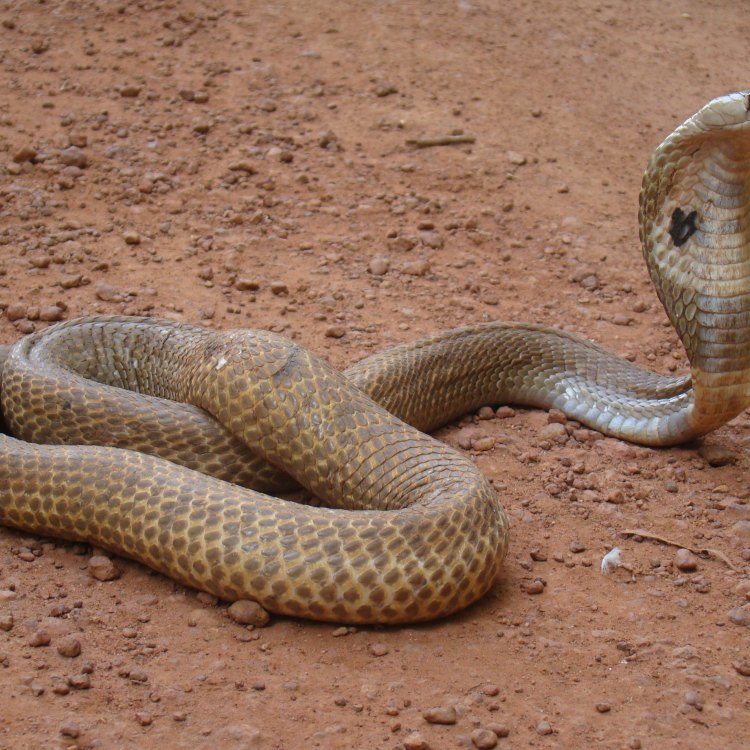
Cobras
- Adult Size: Varies by species, ranging from small to large
- Average Lifespan: 10 to 20 years in the wild
- Reproduction: Oviparous (egg-laying)
- Reproductive Behavior: Mating occurs during the breeding season
- Sound or Call: Various hissing sounds and loud growls
- Migration Pattern: No regular migration pattern
- Social Groups: Mostly solitary, but some species may gather in groups during migration or hibernation
- Behavior: Cobras are venomous snakes known for their defensive behavior and the ability to raise their heads and spread their hoods when threatened. They are typically shy and avoid confrontation when possible.
- Threats: Habitat loss, illegal trade for their skin and venom, and being killed out of fear by humans
- Conservation Status: Varies by species, but many are listed as vulnerable or endangered due to habitat destruction and overexploitation
- Impact on Ecosystem: Cobras play a crucial role in maintaining the balance of ecosystems by controlling rodent populations
- Human Use: Cobras are sometimes kept in captivity as exotic pets. Their venom is also used for medical research and the production of antivenom.
- Distinctive Features: The most distinctive feature of cobras is their hood, which they expand when threatened to appear larger and more intimidating.
- Interesting Facts: 1. Cobras can accurately spit venom at their prey or threats from a distance. 2. They are highly intelligent and can recognize their own reflection. 3. Cobras have been featured prominently in various cultures and myths throughout history.
- Predator: Cobras have a few natural predators, including mongooses, birds of prey, and other large snakes.
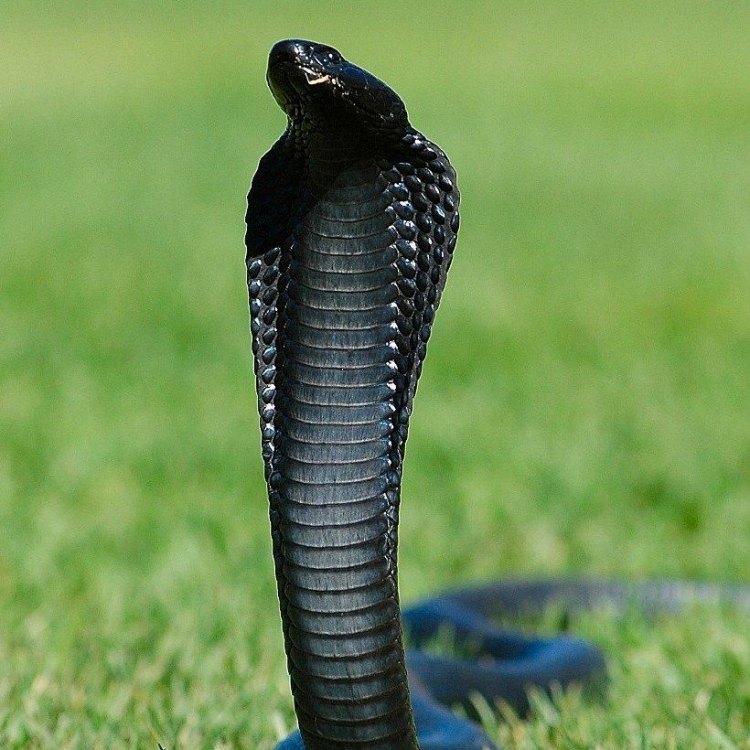
Naja
The Fascinating World of Cobras: Primordial Predators that Command Respect
Cobras – often evoking images of a menacing snake with a raised hood, ready to strike with deadly precision. These creatures have long been a subject of fear, wonder, and fascination for humans. From being featured in myths and legends to serving as exotic pets, cobras have managed to carve a special place in our lives and ecosystems.In this article, we delve into the depths of the cobra world, exploring their unique features, behavior, and impact on the ecosystem PeaceOfAnimals.Com.
Size and Lifespan
Cobras, a member of the Elapidae family, vary in size depending on the species, ranging from small to large. The King Cobra, the world's longest venomous snake, can grow up to 18 feet, while the smallest cobra, Spalerosophis diadema, grows up to only 20 inches.
As for their average lifespan, cobras typically live for 10 to 20 years in the wild, depending on factors such as food availability, habitat, and predators.
Reproduction and Behavior
Cobras are oviparous, meaning they lay eggs. The breeding season for cobras varies by species and location. During this time, the males engage in courtship rituals to attract females. Mating usually occurs during the breeding season, and the female will lay her eggs soon after.
Cobras are mostly solitary creatures, except during migration or hibernation when some species may gather in groups. They are typically shy and avoid confrontation when possible, but when threatened, they can display aggressive behavior Cervalces Latifrons. Cobras are known for their defensive behavior, raising their heads and expanding their hoods to appear larger and intimidating when faced with a threat.
Sound or Call
Unlike other snakes, which make slithering or rattling sounds, cobras produce various hissing sounds and loud growls. These sounds serve as a warning signal to predators or threats, and also play a role in attracting mates during the breeding season.
No Regular Migration Pattern
Unlike some animals that have a specific migration pattern, cobras do not have a set migration path. However, they may relocate if their habitat becomes uninhabitable due to extreme weather or human interference.
Threats and Conservation Status
Cobras face numerous threats that endanger their populations. Habitat loss due to deforestation, human development, and pollution is a significant concern for these snakes. Another threat is illegal trade for their skin and venom, which are used in the production of traditional medicine and as exotic pets.
One of the biggest threats to cobras is humans. Due to their venomous nature and the fear they evoke, they are often killed on sight, even if they pose no real danger. This unjustified killing further adds to their already declining populations.
As a result, many species of cobras are listed as vulnerable or endangered on the International Union for Conservation of Nature's Red List.
Role in the Ecosystem
Cobras play a crucial role in maintaining the balance of ecosystems. As top predators, they help control the population of rodents, birds, and small mammals. This control is crucial for the overall health of the ecosystem.
Without cobras, the prey population can grow rapidly, deplete food sources, and disrupt the ecological balance, ultimately leading to a domino effect of negative impacts.
Human Use
Cobras have been used by humans in various ways throughout history. Some cultures have revered cobras and even incorporated them into their myths and legends. In Ancient Egypt, cobras were associated with royalty and were often worshiped, while in India, cobras are considered sacred by some Hindus. They are also a popular subject in art and literature.
Cobras are also kept in captivity as exotic pets, although this practice is highly discouraged due to the many ethical and safety concerns involved. Their venom is also used for medical research and the production of antivenom to treat snake bites, which can save many lives every year.
Distinctive features
One of the most distinctive features of cobras is their hood, which they expand when threatened. They do this by stretching the skin on their necks, revealing their underlying ribs. This expansion makes them look larger and more intimidating to potential threats. Cobras also have a characteristic head shape, with a flat and wide head compared to other snakes.
Interesting Facts
1. Cobras are one of the few snake species that can accurately spit their venom at their prey or perceived threats. They do this by forcefully expelling the venom from their specialized fangs, which can reach up to several feet away.
2. Cobras are highly intelligent creatures and have shown the ability to recognize their own reflection. In a study, a cobra was able to differentiate between its own reflection and that of another cobra, displaying self-awareness and intelligence.
3. Cobras have been featured prominently in various cultures and myths throughout history. In India, cobras are associated with Lord Shiva, and in Ancient Egypt, they were highly revered and often depicted in their hieroglyphs and artifacts.
Predators
Despite their venomous nature, cobras have a few natural predators that they have evolved to defend against. These include mongooses, birds of prey, and other large snakes such as king cobras, which can overpower and kill smaller cobras.
Conclusion
Cobras are undoubtedly fascinating creatures that have captured human attention and imagination for centuries. Their venomous nature and unique features make them stand out among other snakes. However, they face numerous threats and challenges that endanger their survival.
It is essential to understand and appreciate these creatures and their crucial role in maintaining the balance of ecosystems. We must also take necessary measures to protect and preserve them, not only for their own sake but for the sake of the ecosystem and our planet's overall health. After all, cobras may be fearsome predators, but they are also an integral part of our delicate ecosystem.
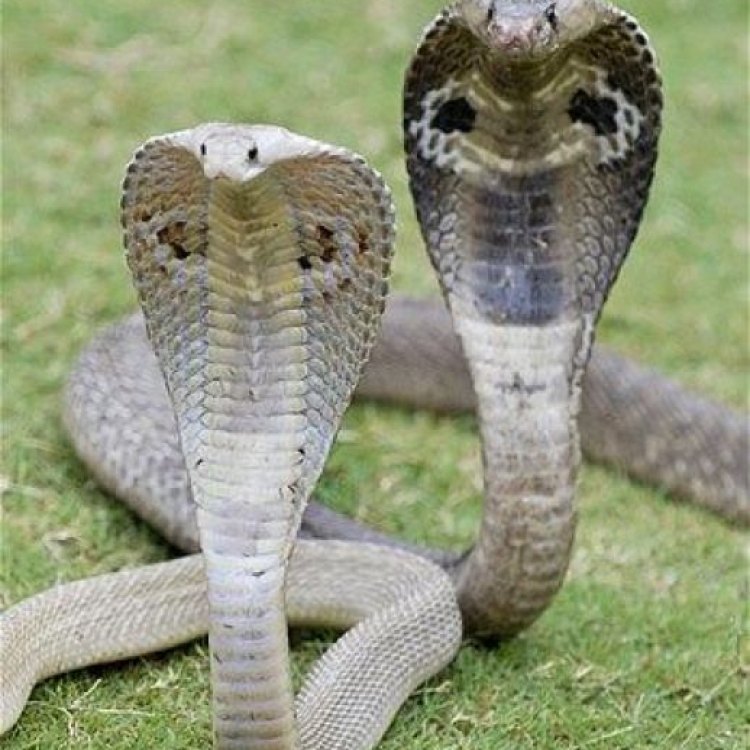
The Enigmatic and Deadly Cobras: Magnificent Reptiles of the World
Disclaimer: The content provided is for informational purposes only. We cannot guarantee the accuracy of the information on this page 100%. All information provided here may change without prior notice.

